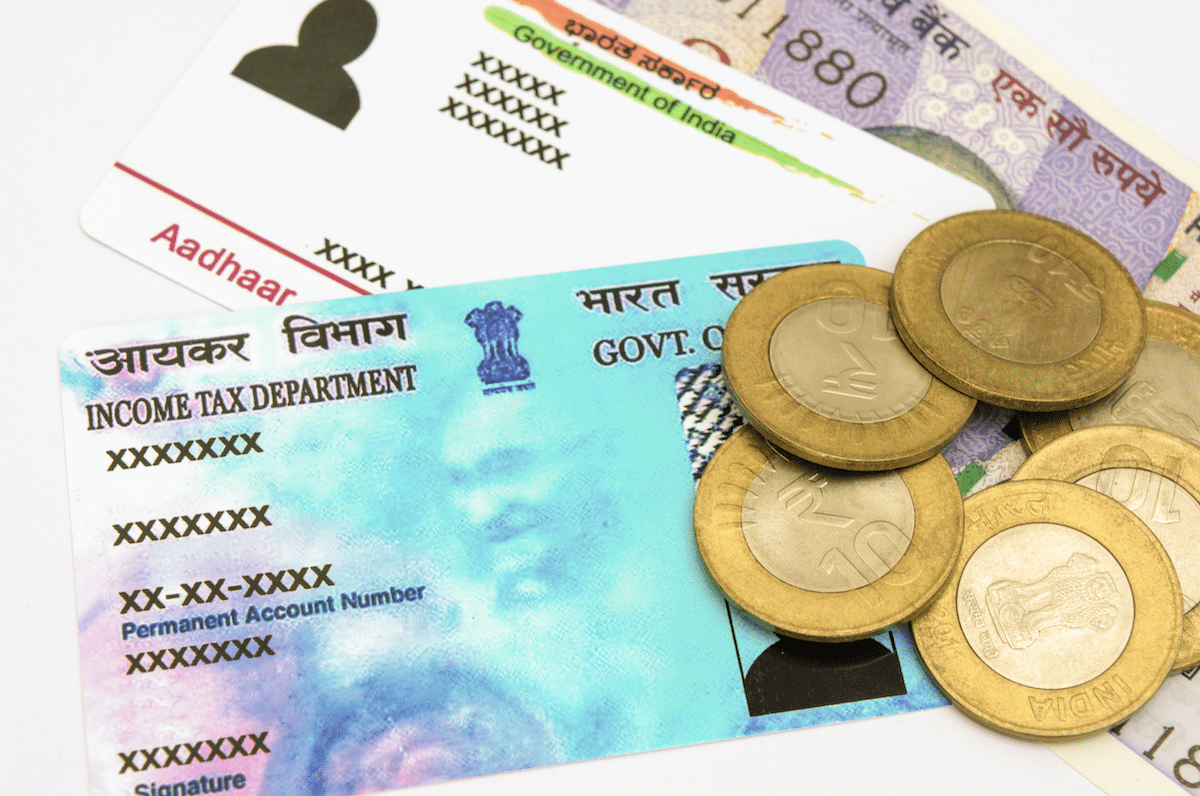Form 16 is a certificate given to salaried employees by their employers under Section 203 of the Income Tax Act, 1961. It is. This certificate shows details of the salary paid and the tax deducted from it (TDS). The employer also deposits this tax with the government. Hence, using this document, employees can check how much tax has been deducted and deposited with the government.
Additionally, when filing an income tax return (ITR), Form 16 comes in handy. That’s because it states all the relevant details of your salary like tax deductions, and tax payments in one place. However, it is not a mandatory document. Even if you don’t have Form 16, you have the option to legally file your ITR without any issues. In this article, we will learn how to file ITR without Form 16, who issues Form 16, and discuss some cases where you do not receive Form 16.
Contents
Who issues Form 16
Form 16 is given by employers to their employees. It shows several details, such as:
- The tax deducted from the employee’s salary (TDS)
- The amount of tax paid to the government
- The time period for which the tax was paid
Employers must issue this certificate by a fixed deadline set by the Income Tax Department. If an employer deducts TDS but does not give Form 16 to the employee, they can face a penalty. The penalty is at least Rs. 100 per day for every day of delay until the form is provided.
When do you not receive Form 16 from your employer
Below are some specific situations where an employer might not give you Form 16:
- No TDS deducted
If no tax (TDS) was deducted from your salary during the financial year, the employer doesn’t have to issue Form 16. However, many employers still provide it to all employees for convenience.
- Business closed
If the employer’s business shuts down due to financial problems, they might not issue Form 16.
- Job exit issues
If you leave the job without completing the required formalities or breaking a work bond, the employer may not issue Form 16.
It is worth mentioning that even if you don’t get Form 16, you can still file your income tax return legally. This can be done using your salary slips and bank statements.
How to file ITR legally without Form 16
If you have not received Form 16 due to any of the above reasons, you can still legally file an ITR following these simple steps:
Step I: Collect your pay slip
- Your pay slip has details of your salary and tax deductions, just like Form 16.
- Use these details to calculate your taxable income.
Step II: Check Form 26AS
- Form 26AS is a tax statement available without any charge on the official income tax website.
- It shows all the taxes deducted (TDS) from your income during the year.
- It will help you:
- Confirm the TDS deducted from your salary
- Check if TDS was deducted from income from other sources (like FD interest from NBFCs)
- Use this information when filing your ITR.
Step III: Calculate deductions
- List all expenses and investments that qualify for tax deductions, like:
- Rent
- Donations
- LIC premiums
- PPF contributions, etc.
- All of these deductions are available under Chapter VI-A of the Income Tax Act, 1961.
- You can subtract these from your income to reduce your taxable amount.
- However, be aware that these deductions are available only if you are filing your return under the old regime.
Step IV: Include income from other sources
- Add income from sources other than your salary, such as:
- Rent
- Dividends
- Interest
- Mutual funds
- Sale of assets, and more
- Include these amounts in your total income while filing your ITR.
- Keep records of all the investment proof and high-value purchases from online marketplaces or other offline stores.
Step V: Calculate taxes payable
- After adding all income and subtracting deductions:
- Check if you paid more tax than required (you can get a refund)
or
- If you still owe taxes (you will be required to pay when filing ITR).
Step VI: Choose the right ITR form
- Income Tax department has issued several ITR forms for accurate filing purposes.
- These forms vary based on your income type and sources.
- To remain compliant, select the correct ITR form.
- Be aware that using the wrong form can invalidate your return.
Step VII: File and submit your ITR
- Finally, visit the official Income Tax website and log in.
- Choose the correct ITR form and start entering the details.
- Submit your ITR online after completing the necessary steps.
- Don’t forget to e-verify your return within 30 days of filing to complete the process.
Conclusion
You can legally file your ITR without Form 16 by using your pay slips, Form 26AS, and bank statements. Using them, you can easily calculate your taxable income. However, while doing so, ensure you have included income from all sources and claimed eligible deductions.
Next, choose the correct ITR form and submit it online after entering all the necessary details. Finally, e-verify your ITR within 30 days.

